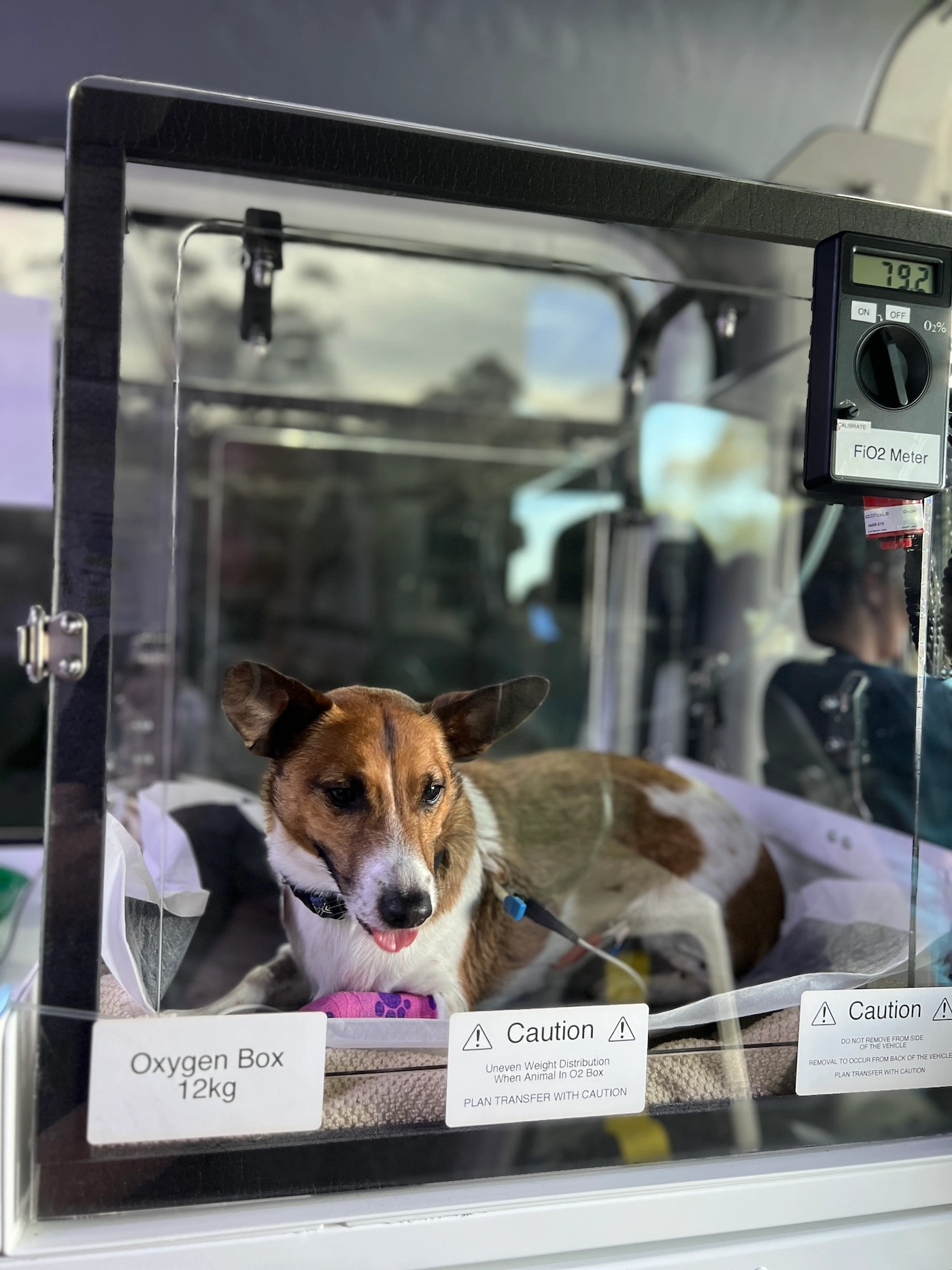What is Anaphylaxis?
As devoted pet owners, we prioritise the health and well-being of our four-legged companions. One illness that can strike without warning appears to be making a rise - anaphylaxis
Anaphylaxis is a severe and rapid allergic reaction that occurs when a pet's immune system overreacts to a specific allergen. This allergen can be anything from insect stings or bites to certain foods, medications, or environmental triggers. When a pet experiences anaphylaxis, their body releases a flood of chemicals, triggering a cascade of symptoms that can progress rapidly and become life-threatening if not recognised & treated promptly.
Anaphylaxis can occur suddenly and without warning, leaving pet owners feeling overwhelmed and unsure of how to respond. In this guide, tailored for pet owners like you, we'll explore the ins and outs of anaphylaxis in dogs and cats, helping you recognise the signs, understand the causes, and know how to act swiftly to seek veterinary care. With knowledge from Ready Vet Go, you'll be better prepared to handle this potentially life-threatening condition.
Signs of Anaphylaxis in Dogs & Cats
Recognising the signs of anaphylaxis in your dog or cat is crucial for swift intervention.
Symptoms may include:
- Swelling of the face, lips or throat
- Difficulty breathing or wheezing
- Excessive drooling
- Vomiting or diarrhoea
- Weakness or collapse
- Pale gums
- Rapid heartbeat
- Hives or skin rash
It's important to note that not all pets will display the same symptoms, and the severity of the reaction can vary from mild to severe.
Causes of Anaphylaxis in Dogs & Cats
Anaphylaxis can be triggered by a wide range of allergens, including:
- Insect stings or bites (such as bees, wasps, or ants)
- Certain foods (such as nuts, shellfish, or dairy products)
- Medications (such as antibiotics or vaccines)
- Environmental triggers (such as pollen, dust mites, or mould)
Some pets may have a known allergy to a specific substance, while others may experience anaphylaxis as a first-time reaction.
What to Do in Case of Anaphylaxis
If you suspect that your dog or cat is experiencing anaphylaxis, it's essential to act quickly and seek veterinary care immediately. Here are some steps to take:
- Stay calm and try to keep your pet calm as well.
- Remove your pet from the source of the allergen if possible.
- Administer any prescribed medications (such as an anti-histamine tablet if previously prescribed by your veterinarian).
- Transport your pet to the nearest veterinary clinic or emergency animal hospital for further evaluation and treatment.
A Final Word: Quick Action Can Save Lives
Anaphylaxis is a serious and potentially life-threatening condition that requires prompt medical attention. As pet owners, it's crucial to be vigilant for signs of an allergic reaction in our dogs and cats and to act swiftly to seek veterinary care if anaphylaxis is suspected. With the support and guidance of Ready Vet Go, we can ensure that our beloved pets receive the timely and appropriate care they need to recover from this frightening ordeal.




